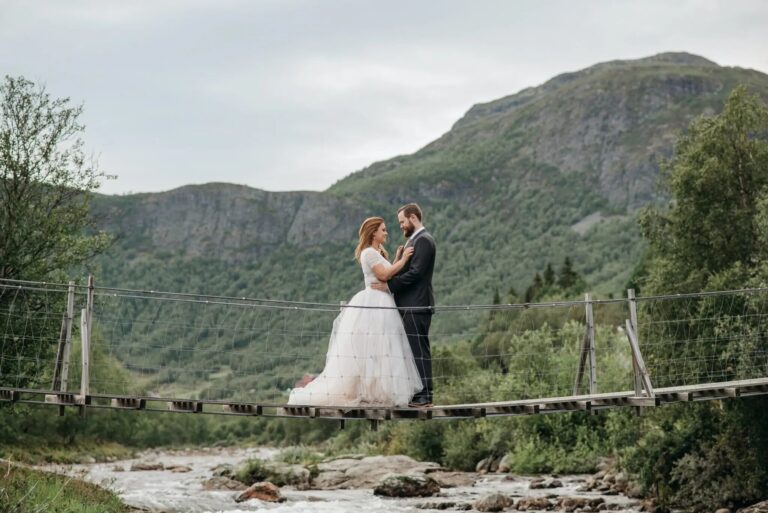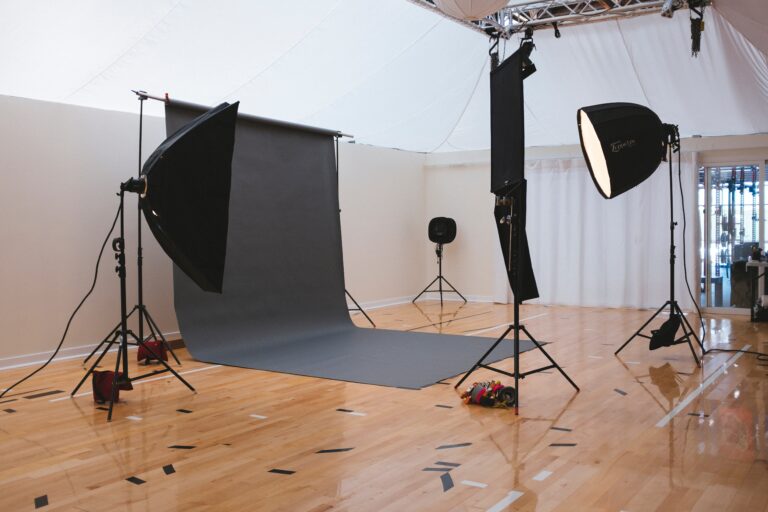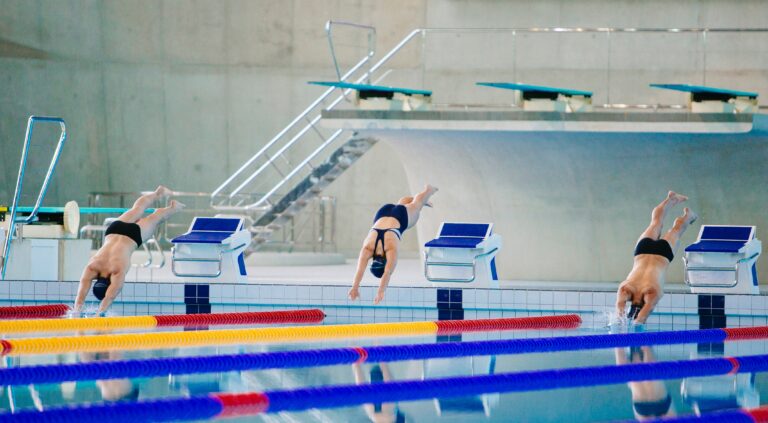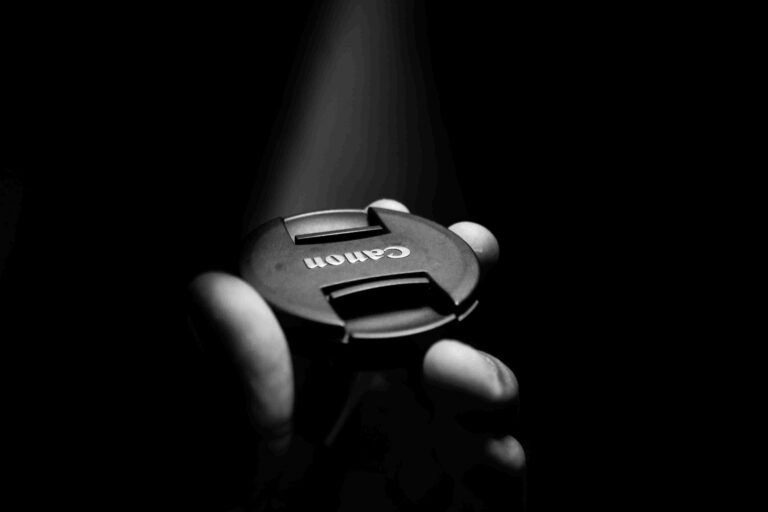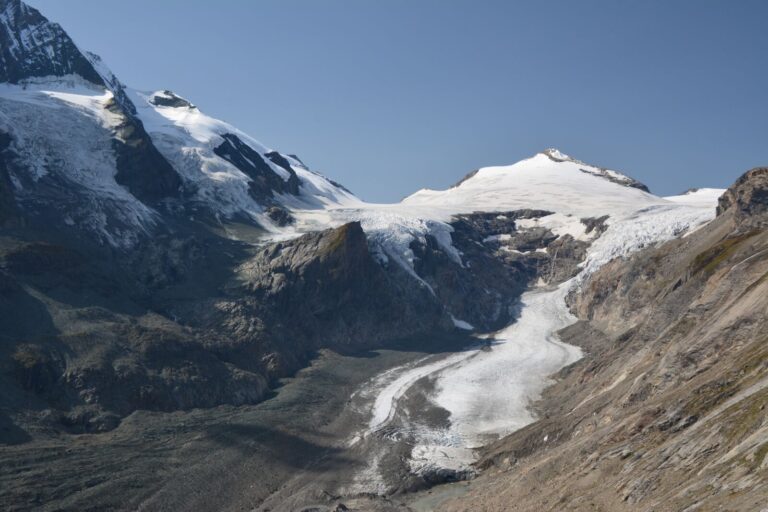Take Awesome Portraits with the Best Nikon D750 Settings for Portraits
We are fully aware of the fact that taking portraits is a lot of fun but you must understand that whenever you are in the process of taking portraits, you have to follow the right settings or else you would run into several issues that might create problems for you and we do not want that, in the first place.
The purpose of this article is to ensure that you are getting the right portrait shots and that too, without confusing yourself in any way. We are going to share the best Nikon D750 settings for portraits. However, do understand that since these are general camera settings, you can more or less use them on any other camera whenever you are trying to take pictures; it is going to help you achieve the best possible shots. So, let’s not waste time and have a look, shall we?
Do I Need Good Equipment to Get the Best Portraits?
Before I start talking about all the settings that you are going to have to indulge in when trying to take the best portraits with your Nikon D750, I have to shed light on some pieces of equipment that are just as important whenever you are in the process of taking stunning photos.
- A Good Lens: We are going to start the equipment journey by investing in a good lens which is perhaps the most important part of any camera equipment and without it, we are not really going to get the experience we want. If you are on a budget but still want something good, I would highly suggest that you pick up a 50mm f/1.8. These are cheap and work really well. Alternatively, you can use a good zoom lens with wide aperture to get the job done. The one very important tip that I am going to give you is that never shoot with anything under 50mm. This will cause the faces to warp, resulting in unflattering images and we do not want that.
- Reflectors: Whether you are shooting indoors or outdoors, you are going to need reflectors, especially if there is a lot of light; natural or otherwise. The reflectors are perfect tools to ensure that the light is bounced off in the right way, highlighting all the important aspects.
- Flash: Now, this is entirely optional but, in some situations, you might need flash, especially if you need to add some lighting to the scene but it is always better to avoid such incidents and go for a more natural lighting approach to get the best results.
- A Tripod: Another thing that I would suggest is that you are using a tripod. Now, this is not at all needed but if you are conducting a portrait session, then having a tripod will allow you to slow down and properly plan your shots rather than taking 10 different pictures that are not as useable as you would want them to be.
Looking at the Best D750 Settings for Portraits
Now that we are done telling you what equipment is good for portrait photography, we are going to start exploring the best D750 settings for portraits, considering how important these are, we have to start looking at these and take them seriously, as well.
1- Use Manual Mode or Aperture Priority Mode
Your camera is going to have an abundance of modes that you can choose using the mode dial and this can be overwhelming for those who are just getting started. If you are looking to get some really good looking portraits, then I would suggest that you are either going for the manual mode that will give you full control over the images you are taking or you are going for aperture priority mode. These modes are more than enough to give you the control you need when taking images and the images you get are going to be great. You can surely go ahead and experiment with some of the other modes too but we cannot guarantee the results.
2- Wider Aperture is Good But Not Always
It is a common statement in the world of photography that whenever you are taking portraits, you should always use a wider aperture. After all, it is this wide aperture that results in the gorgeous, shallow depth of field that we all love. Now, a wide aperture is great for getting the background blur but if not handled properly, it can introduce the blur onto the subject, as well, and that is not what we want.
If you have enough light, you can go for a slightly narrower aperture for the best results and the images will still come out looking great and you will not have any issues. The point here is that wide aperture is good but it is not the absolute must have for you to get the type of portraits you want. You can easily get great results, even better results when you are going higher.
3- A Higher Shutter Speed is the Way to Go
Next up, we are going to talk about shutter speed. Something that is equally important when you are talking about photography and the best part is that you can get some really good results if you are doing it the right way, and while it might not be for everyone, shutter speed can result in some great results if done right.
For starters, you would want the shutter speed as high as possible, especially if you are outdoors. In that case, you can take your shutter speed as high as you possibly like, but do keep in mind that you should only take it high to an extent that your images are still properly exposed. See if the results are according to your preference, and then you are good to go. I normally go with 1/250th of a second as a baseline and then go higher based on the lighting situation. If you feel like you have to go below 1/100th of a second, I’d suggest getting a tripod so you can get a stable, crisp shot without any blur.
4- The Lower the ISO, the Better
We have talked about ISO a thousand times in the past and it is always the best thing to keep the ISO as low as possible. Why? Well, higher ISO does introduce digital noise or grain in the pictures and it does not look flattering in any way possible. You would want to keep the ISO as low as possible.
With the Nikon D750, we can go as high as 1600, which already is a high number for a lot of older cameras. You would realise that noise is going to be non-existent at such an extent but going higher than will start bringing in some digital noise.
Now, there are a lot of tools that you can use to get rid of the noise but those come with their own issues and I would not always rely on them.
5- Shoot in RAW, Not JPEG
This is not going to be the most pleasing thing for everyone but whenever you are taking pictures, you have to be understanding of the fact that taking pictures in JPEG is not going to cut it. Why? Well, JPEG, as a form factor, allows for very little freedom when you are taking pictures, and the results that you are going to get will not always be the ones that you are looing for, therefore, it is better that you are avoiding that in the first place. RAW, on the other hand, is going to give you a compete control over the picture you have taken and you can go ahead and edit it the way you want. RAW pictures give you a lot more control over the images and the way you want to edit them as all the data is saved in the image file, ready to be used by the user.
6- There is Nothing Wrong with Using Photoshop or Lightroom
I have met countless photographers who are always against the idea of using tools like Adobe Photoshop or Lightroom because they want their pictures to look as natural as possible. Sure, that is an aspiring statement but it is not always the right thing to do because you can get a lot of pictures looking better once they have gone through post processing.
Your goal is to make sure that once you have taken the picture, you are making it look as good as you can possibly do because a lot of times, this is the way you should be looking into. The more you are understanding this situation, the better.
For starters, using tools such as Photoshop or Lightroom allow you to bring out the best of the photos and truly make them look the way you envision them to look. It surely looks complicated at best in the beginning but the more you are getting used to the idea of post processing, the better the results are going to be, and you will not have any issues in the process, either. Therefore, it is best that you are keeping this in mind before you take the pictures you want to take.
Things Never to Do When Taking Portraits
Now that you know how to take some stunning portraits, the next step is rather simple as I am going to explore some of the things that you should neve do when taking portraits. The reason behind that is rather simple, we want everyone to know that there is no point messing up perfectly good pictures by making small mistakes.
- Messing Up the Settings: Honestly, if you are following the settings that I have told you here, you would be more than okay when taking some stunning shots. However, tinkering with them and messing them up might not result in the ideal results and that is the reason why I would suggest against it as it will save you from a lot of hassle.
- Using a Kit Lens: Another mistake that I would always suggest everyone avoid is using a kit lens. Optically, kit lenses are ae lot more inferior than one might know and this will most probably result in an image that is not looking good at all.
Not Preparing Your Subject: If you are doing a portrait session, it is safe to say that your subject is well aware of it, too and the best thing that you can do in such a situation is be sure that you have prepared your subject about the shoot and have given them a briefing. If they have to pose in the shots, let them be comfortable and ease into it.
Frequently Asked Questions
Conclusion
If you have been trying to figure out the best settings that will result in the best looking portraits from the Nikon D750, then this guide is for you as we have explored every single thing about the portraits that you are going to need to know.
Using the settings and tips that we have shared with you in this post, you will be able to get started with your own portrait sessions in no time. Just be sure that you are fully prepared in terms of the equipment and understanding of the portraits and nothing will be coming in your way.
Things can get difficult but hey, it is just something that you should be looking into because the experience alone is worth it, to be honest. You will have a hard time messing up after using the settings and tips that we have shared with you.

